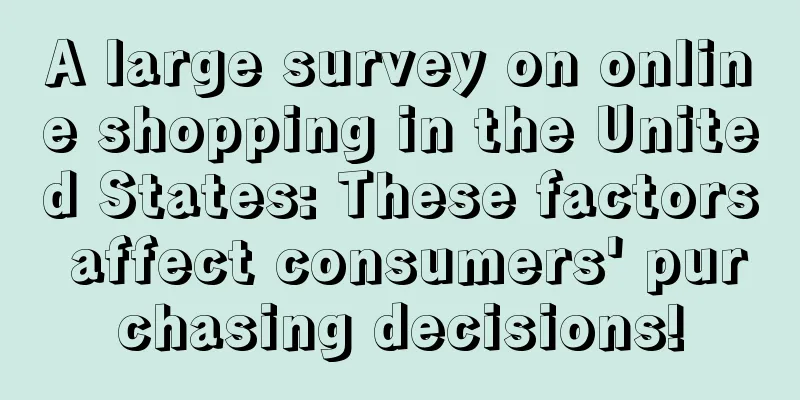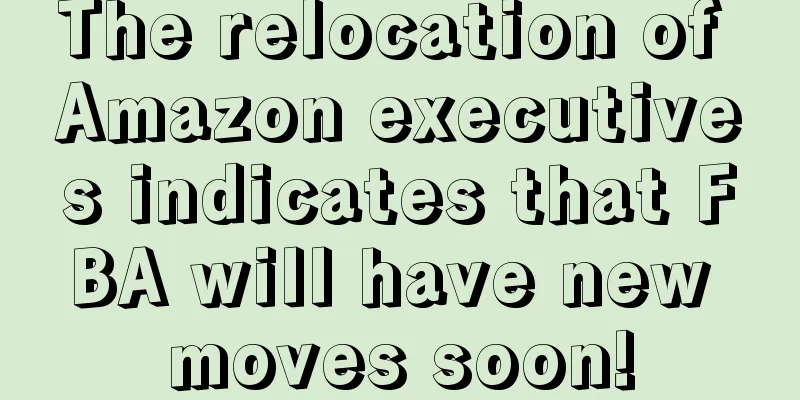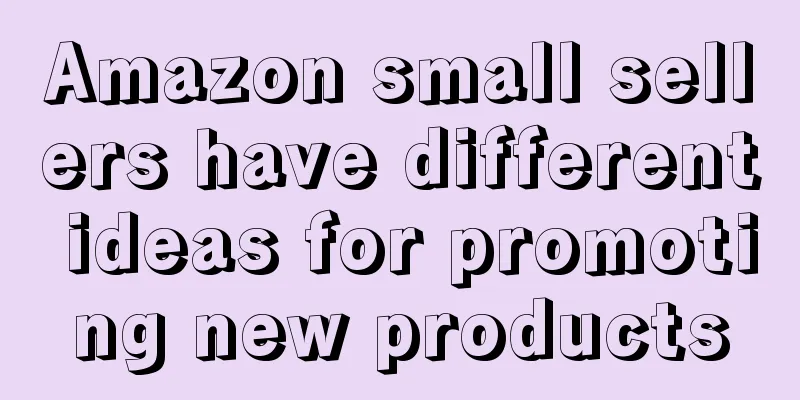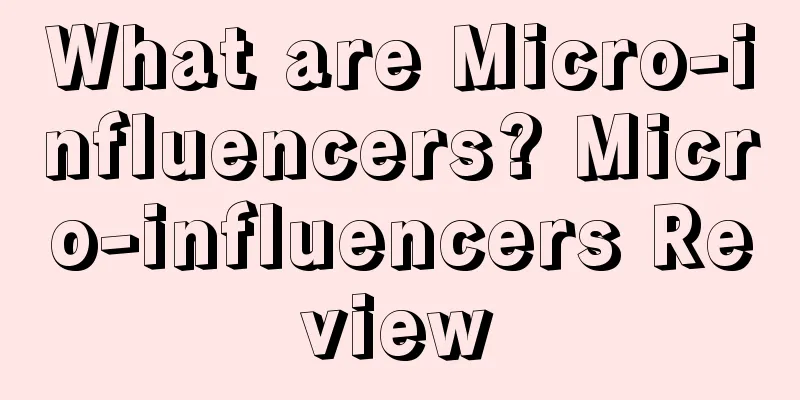If you want to efficiently attract traffic and increase conversion, please read this! Off-site traffic methods and strategies

Although Prime Day has passed this year, there will be peak seasons such as Thanksgiving, Black Friday and Cyber Monday in the second half of the year. Only by preparing in advance can you prepare for a rainy day and seize the opportunity. Next, let’s take a look at the strategies of DSP advertising during the peak season! |
<<: Tips on how to get traffic from Amazon posts that you don’t know
>>: A collection of the most common Amazon off-site promotion issues
Recommend
These seasonal products have greater sales potential on Amazon! Share: Amazon Autumn Prime Member Promotion Document
As we all know, there are all kinds of products fo...
Hard to guard against! Links frequently become spoofs. What can sellers do when they are spoofed by their peers?
"Good morning, did you lose money today?"...
What is Amazon Overseas Selling Assistant? Review of Amazon Overseas Selling Assistant
Amazon Haimai Assistant is an official sales tool ...
Annual Report on U.S. Home Furnishings Consumption: Insights into Growth Opportunities and Online Shopping Trends
It is learned that DigitalCommerce360 and BizrateI...
What is LearnUp? LearnUp Review
LearnUp is a startup that provides job skills trai...
What is Yifan Supply Chain? Yifan Supply Chain Review
Yifan Supply Chain is a national cross-border e-co...
The myth of high growth is shattered! Billion-dollar giants plummet, can’t “roll” anymore?
▶ Video account attention cross-border navigation ...
UPS's revenue in the first quarter of 2024 was $21.7 billion, and its profit exceeded expectations!
It is learned that on April 25, according to forei...
Wayfair introduces new technology that combines ML and AI to make search results more accurate
It is learned that on May 30, according to foreign...
4 of the best CPC mind maps on Amazon (absolutely useful)
Here comes the useful information. Today I will sh...
What is TradeIndia? TradeIndia Review
Founded in 1996, TradeIndia is one of India's ...
What is Dealmoon? Dealmoon Review
Dealmoon is the largest bilingual discount informa...
Amazon's new policy has been introduced, VCs can no longer change prices? !
Cross-border Business School Information and skil...
A small operation with half a year of experience, recording the process of working alone on Amazon from selecting items for 1688 in May to making a net profit of 60,000 yuan in November...
Preface I joined Amazon half a year ago, and I mad...









